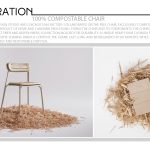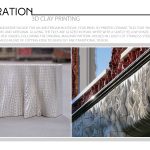Sorry, this content is for members only.
Join To View ThisRelated Post: High Definition 3D Design / 3D Printed Titanium / Woven Details
Microbes can now be used to produce fabrics thanks to Modern Synthesis. Brands might purchase the finished product to use in place of synthetic materials. Microbes naturally transform trash into useful material building blocks, yet they are invisible to the naked sight. Modern Synthesis involves reimagining materials for a future with superior materials as a result of their efficiency. K. rhaeticus, a type of bacteria that may be found in kombucha, is responsible for the production of nanocellulose.
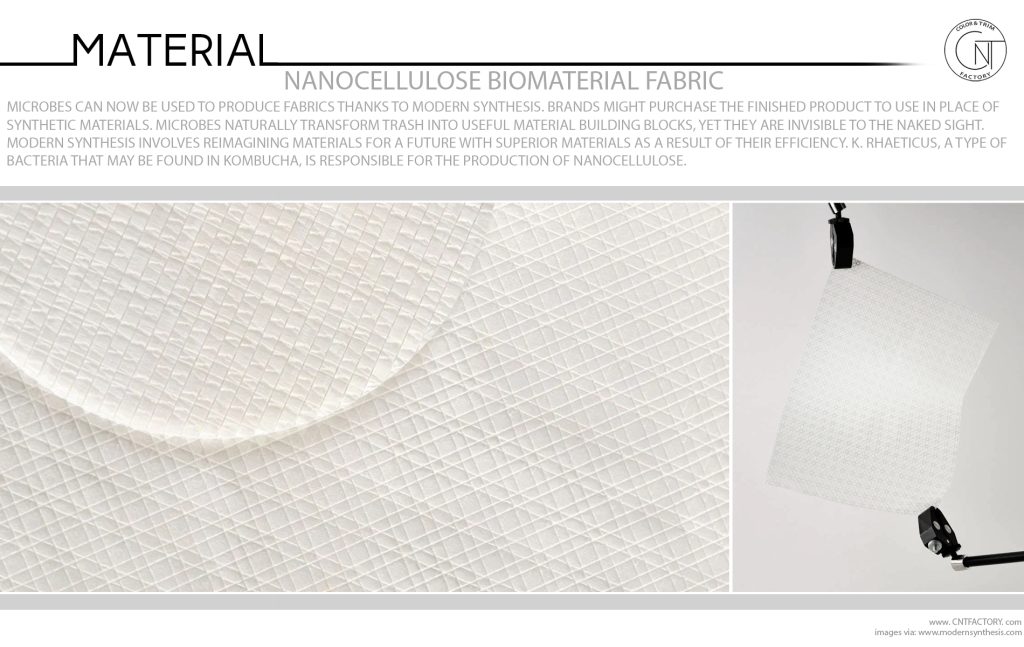
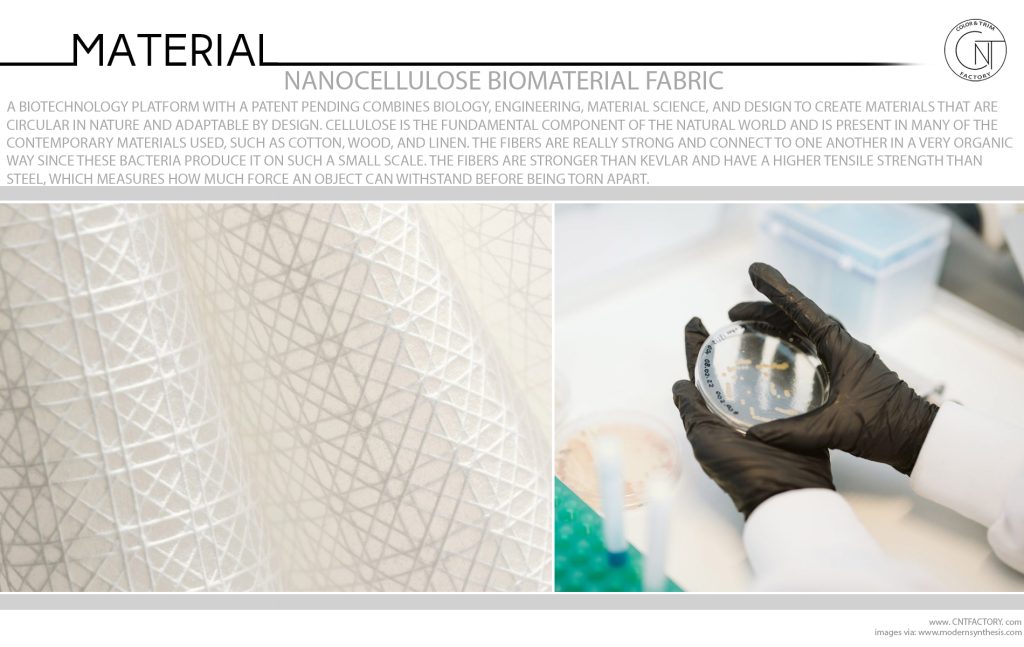
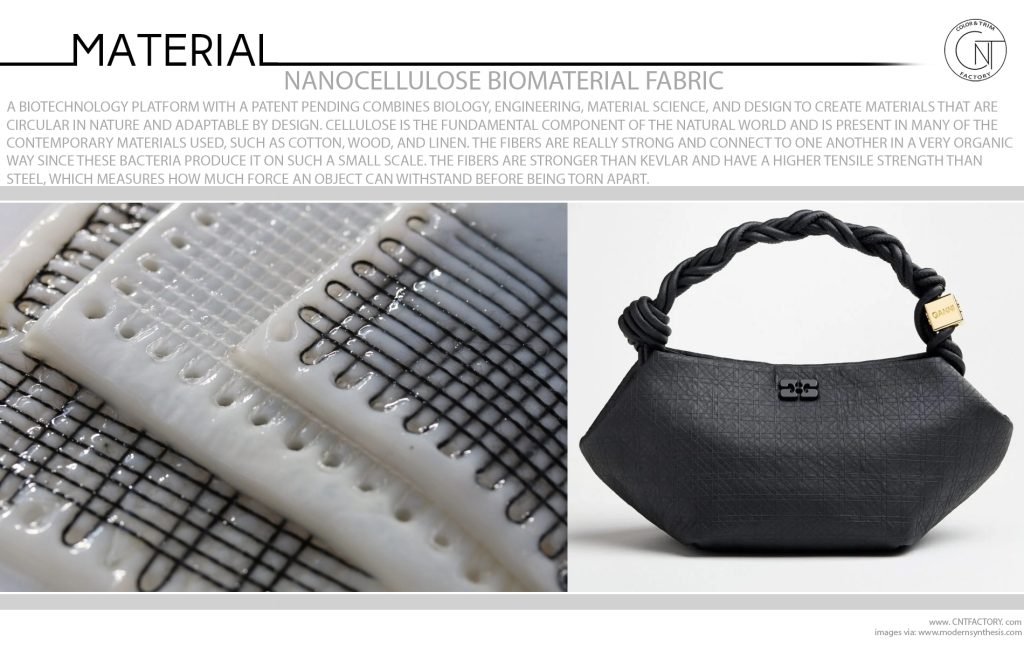
A biotechnology platform with a patent pending combines biology, engineering, material science, and design to create materials that are circular in nature and adaptable by design. Cellulose is the fundamental component of the natural world and is present in many of the contemporary materials used, such as cotton, wood, and linen.
The fibers are really strong and connect to one another in a very organic way since these bacteria produce it on such a small scale. The fibers are stronger than Kevlar and have a higher tensile strength than steel, which measures how much force an object can withstand before being torn apart.
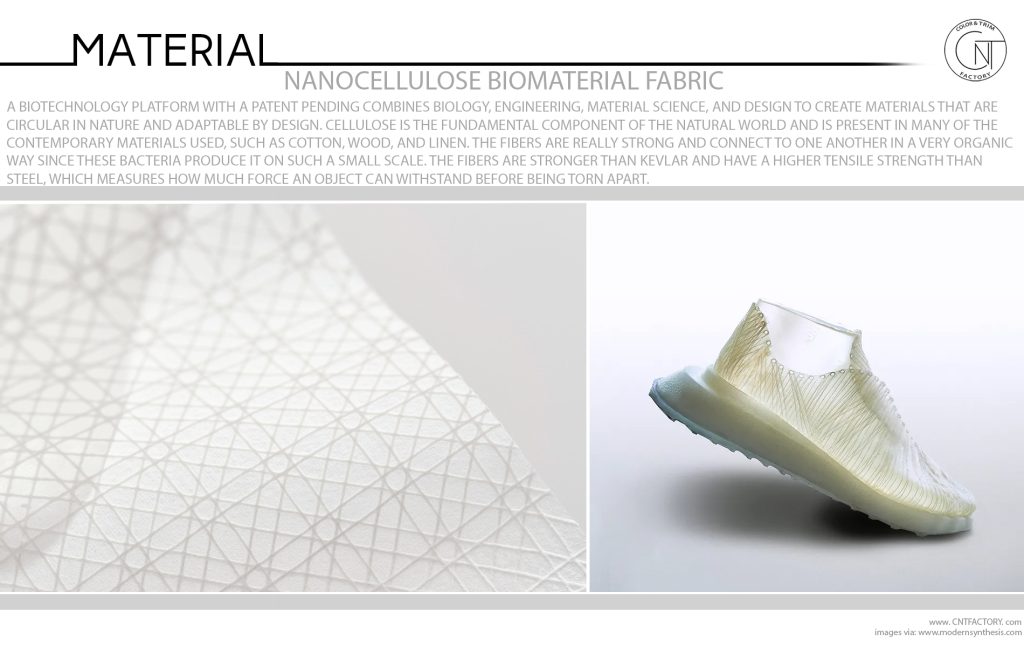

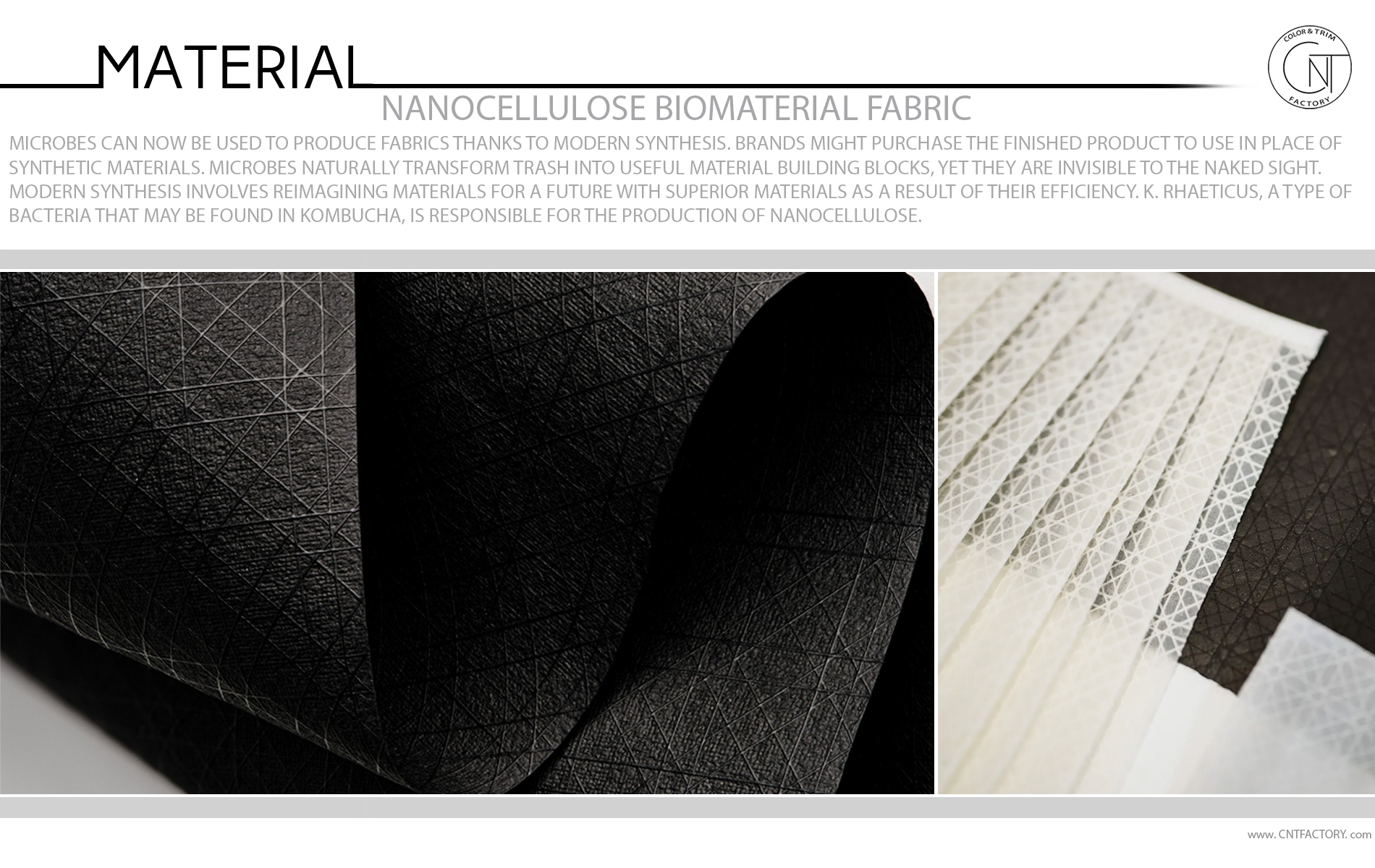
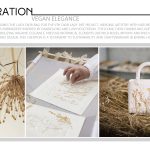
![Mono[PA6] Circular Backpack](https://www.cntfactory.com/wp-content/uploads/2024/07/Mono-PA6-Circular-Backpack-150x150.jpg)
